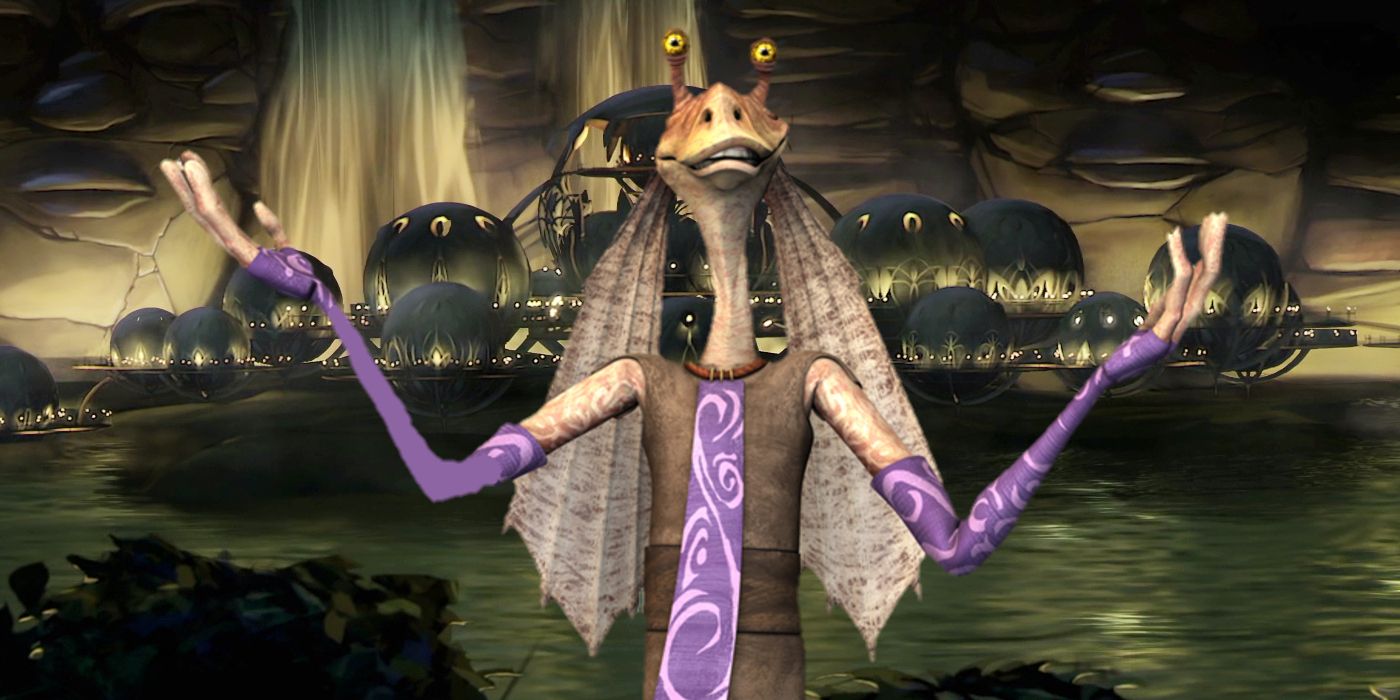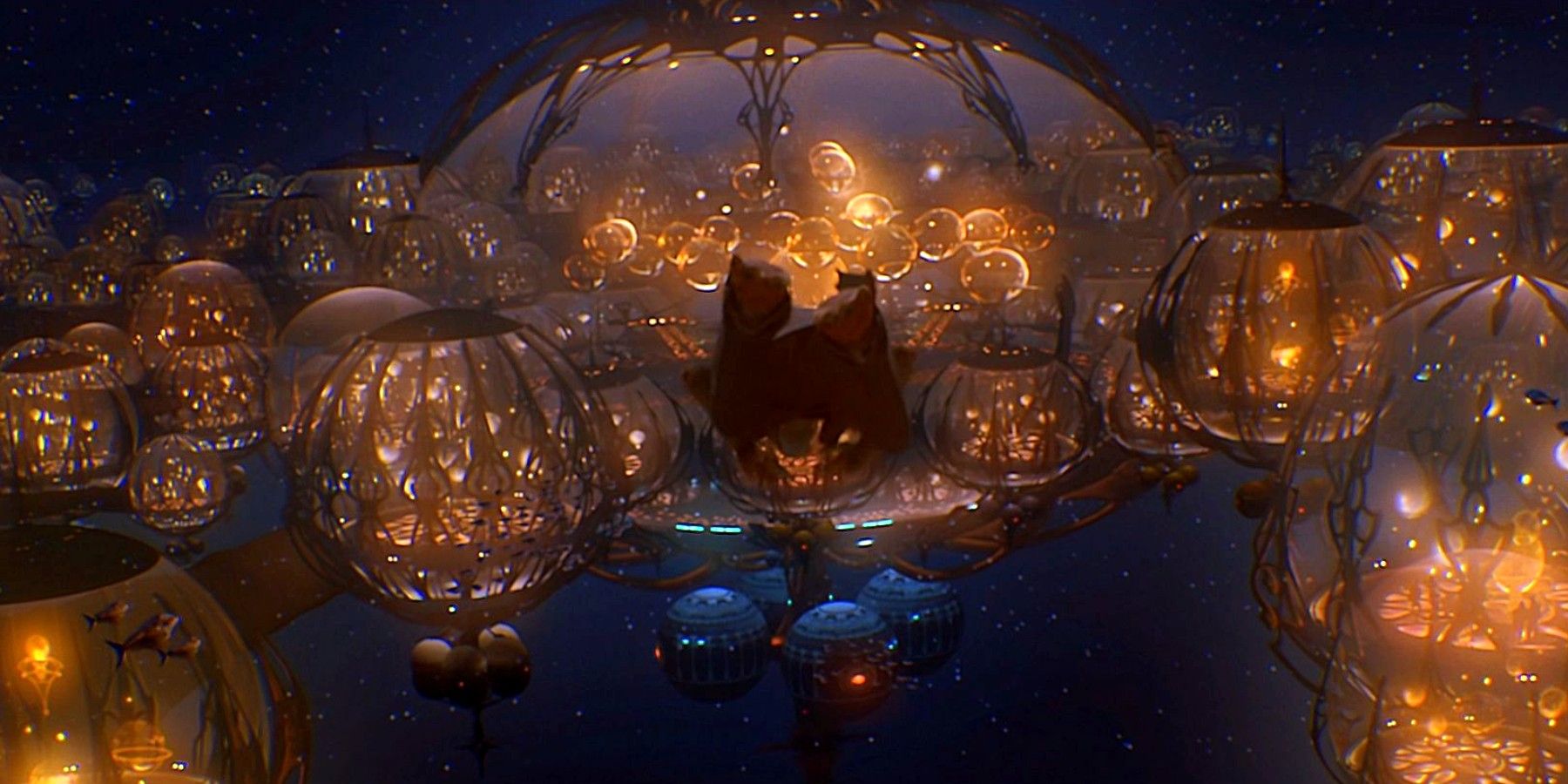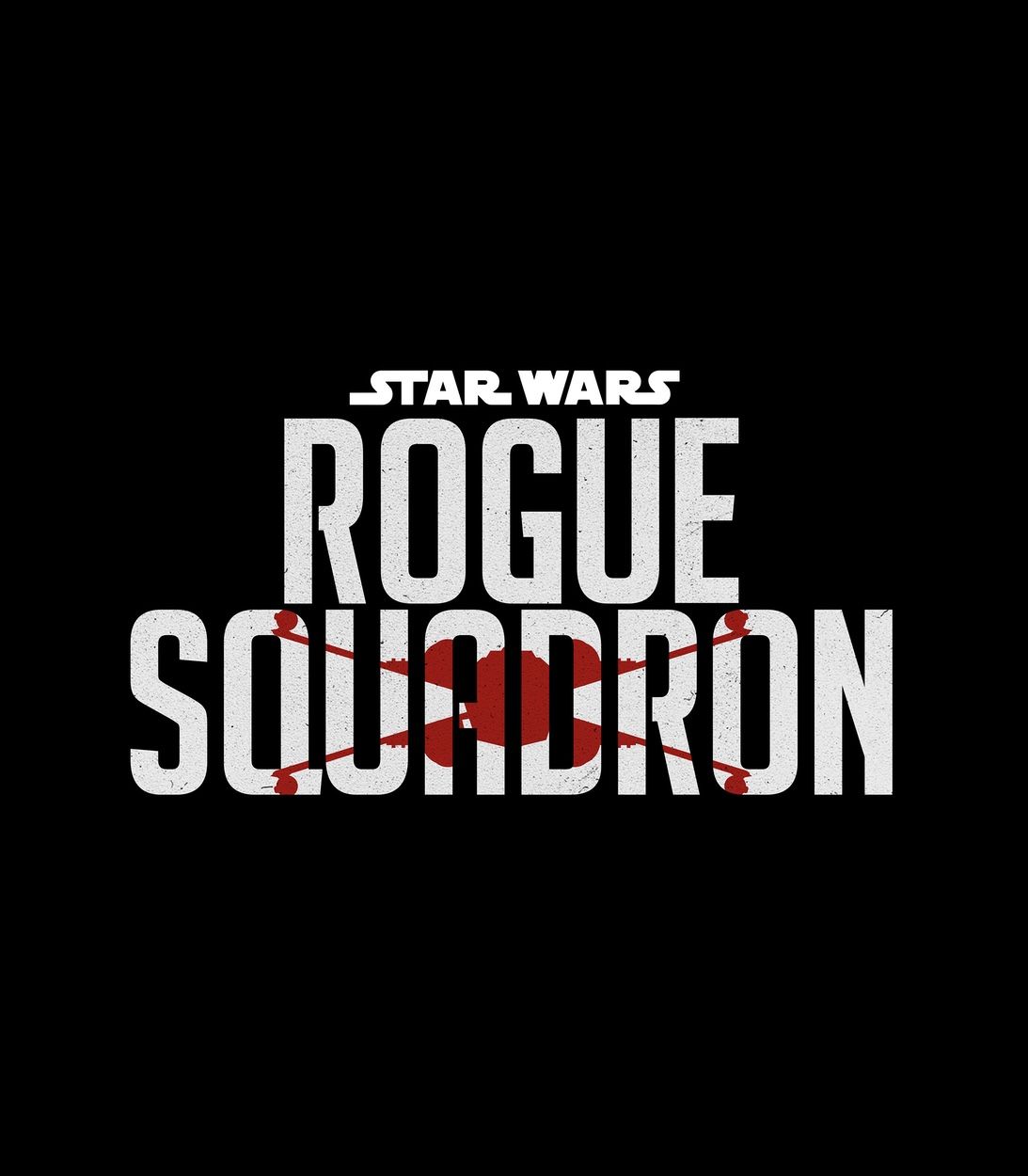Star Wars' Gungans are often written off as uninteresting, one-note comic relief, but Star Wars: The Clone Wars revealed that they have a diverse array of cities. The Phantom Menace first introduced the species to the world, starting with Jar Jar Binks (Ahmed Best). Alienated from his culture for his clumsy nature, Jar Jar ended up indebted to the Qui-Gon Jinn (Liam Neeson) after the Jedi saved his life. Like the others of his species, Binks hailed from the planet Naboo. Being its native species, the Gungans had strong ties to Naboo, and they rarely ventured to other parts of the galaxy. Their claim to the land caused the Gungans to come into conflict with the humans who settled on the planet, though the groups were able to set aside their differences to fight against the Galactic Trade Federation in their invasion of Naboo.
From their introduction, the Gungans, especially Jar Jar Binks, have been a polarizing species among Star Wars fans. Their distinctive speech patterns were thought to be grating or even racially insensitive. On top of the usual Gungan dialect, Jar Jar's clumsiness led to plenty of slapstick and toilet humor, causing him to be dubbed "the most annoying Star Wars character" by some audiences. Jar Jar's ample screen time in The Phantom Menace made him seem like nothing more than a misguided attempt at cultivating kid appeal for the franchise.
After the mostly negative reactions to Jar Jar Binks in Episode 1, Star Wars has tried different methods of damage control regarding the character to avoid alienating fans. In the rest of the prequel saga, this was done by minimizing his presence. By Revenge of the Sith, Jar Jar was reduced to a non-speaking part. However, in the animated series Star Wars: The Clone Wars and other media, he and the rest of the Gungans still played significant roles. Instead of erasing the species, The Clone Wars diversified their societies and cities, creating a more interesting world for them.
In The Phantom Menace, the only Gungan city introduced was the underwater Otoh Gunga. It was home to the High Council, the governing body over the species. Although Otoh Gunga was entirely submerged, this was not because the Gungans were unable to thrive on land. The city was initially built to shield the Gungans from Naboo's human population. Its inhabitants lived within a complex system of pressurized force fields containing their own breathable atmospheres, though they appeared to be bubble-shaped buildings from the outside. Most Gungans chose to settle underwater for the safety it provided, but their species successfully set up terrestrial towns as well.
Season 2, Episode 3 of The Clone Wars, "Children of the Force", took viewers to Jan-Gwa, a unique Gungan settlement built only partially underwater. Despite being on land, it possessed much of the same pod-like architecture of Otoh Gunga, showing that rounded buildings were a general part of the Gungans' aesthetic sensibilities on top of serving a practical purpose underwater. Beyond Star Wars: The Clone Wars, the non-Canon video game Star Wars: Galactic Battlegrounds mentioned the swamp settlements of Otoh Mandassa, Oxon, and Umberbool City, where the amphibious Gungans took advantage of the marshlands of Naboo.
Although Star Wars: The Clone Wars tried to make Gungans society and culture more interesting, the species is still largely seen as a punchline among Star Wars fans. The franchise itself has also gotten in on the joke in the past, but the Gungans may not be permanently relegated to one-off gags. Star Wars has never shied away from righting its wrongs, perhaps best exemplified by Ahsoka Tano going from despised in the Clone Wars movie to being one of the most beloved characters in the franchise. With no end in sight for new releases of Star Wars shows, movies, and other content, further redemption for the Gungans is not entirely out of the question.



